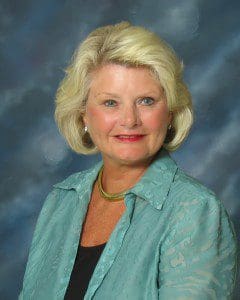By Linda Hilts
Together, the words youth and homeless may seem out of place to you. But did you know that every year in the United States there is an estimated 1.8 – 2.1 million homeless children living on the streets.
Homeless youth are children under the age of eighteen who lack parental, foster, or other care services. The number continues to rise and the lower end of the age range continues to drop each year. Children as young as eleven are now living on the streets.
For most of us, it’s unfathomable how this could happen but the causes are deep-rooted, multilayered and extremely complicated. According to the U.S. Department of Health and Human Services, a large number of homeless children interviewed reported that their parents told them to leave or knew they were leaving and did not care.
The reasons for escaping a traumatic home life include physical and mental abuse, economic problems, and overall neglect. In addition, many homeless children suffer from depression, substance abuse and anxiety disorders. As you might imagine, these young people are susceptible to teen pregnancy and criminal activity, leading to a continual cycle of abuse.
The Savannah area is not immune to the cycle of homelessness. In Chatham County, 54% of homeless are men, 28% female, 10% female youth, and 8% male youth.
Approximately 125 to 150 youth (residential and non-residential) are served each year through Park Place Outreach. The capacity of the shelter is 12 at any given time, with four beds reserved to guarantee that no child in need of emergency shelter is ever turned away. Park Place Outreach also provides comprehensive outreach services designed to prevent incidents of running away and homelessness. Through these outreach efforts, Park Place Outreach reaches approximately 2,600 youth each year.
Since opening in 1984, PPO has served over 6,200 youth. Last year, in 2014, Park Place Outreach provided shelter for 84 residents, 41 non – residential clients, 41 non-residential families and served 6,298 meals plus two snacks per day.
The ultimate goal for Park Place Outreach and most youth shelters across the country is to provide a safe and loving environment with hopes of reunifying families.
According to the First Focus Campaign for Children, the number of homeless students in the U.S. increased by 8% in the school year 2014-15 from the previous academic period. And here at home, these numbers are also rising. Savannah Chatham Public School System reported that there were 975 students experiencing homelessness in the 2013-14 academic year.
Recall for yourself how difficult it was surviving the middle and high school years. Add to that the struggles of being abandoned by your parents or running away from home and you have a recipe for complete despair. Most young people want to blend in and look like everyone else around them, causing as little attention to themselves as possible. This desire to mask their reality makes it even more difficult for schools to identify homeless students.
Public schools are required to ensure homeless students have access to a free public education. Fortunately, students are allowed to stay in their “home” school and transportation must be provided to that school. But this transportation cost quickly consumes most of the funding set aside for youth homelessness. Federal funding is based on the number of students identified as homeless which makes it critical to know how many students are living on the streets or in shelters.
Organizations such as Park Place Outreach play a vital role in filling the gap for services needed for these troubled teens and children. The local shelter is open 24 hours a day, 7 days a week with a primary goal of supporting children in need.
In 2014, the National Runaway Safeline reported 130 inbound and 71 outbound calls for the 912 area code. This is a community-wide epidemic that is not going away easily. And if not supported, these young people will become part of the adult homeless population and another statistical representation of this destructive cycle affecting families. Support and education are the two primary tools we can use in the fight against homelessness. To learn more about youth homeless or how you can help make a difference here at home, visit www.parkplaceyes.org
Linda K. Hilts is the Executive Director at Park Place Outreach Youth Emergency Shelter. Hilts can be reached at 912-234-4048.

